A perfect sunset in paradise. The sky starts to redden and a gentle breeze blows. A small fishing boat floats graciously in the turquoise waters of the reef, surrounded by beautiful white sand beaches and green palm trees. The waves gently wash the shore rolling coconut shells around and a crab suddenly runs desperately to seek for shelter. The silence is interrupted by a big blast! BAAAAMM! A giant splash rises above the water and, minutes after, fishes of all kind start floating in the surface. They are dead. The fishermen simply scoop them and pop them into the boat unconscious of the damage they’ve just caused in a second. The fishes they take are the visible victims. Underwater, the collateral damage is indescribable. Below the thin and wavy line that separates the routine world of these fishermen desperately worried to get a small income for their families, corals are broken into uncountable fragments, many fish and invertebrates are laying in the bottom, some in agony. Even a dolphin passing by has been unintentionally caught by the explosion. This once so thriving submarine metropolis, with impressive corals rising as skyscrapers in a big city, housing thousands of inhabitants, is now “zone zero”. The main “roads”, which were at their peak with traffic at the moment of the explosion, are now filled with uncountable inert bodies. The cleaning station, where many clients were queuing for the daily service, is now just a pile of ruins. The toll is high. Many are homeless. They will have to move. In the coming years, sand will take over the place, and the scarce hard substrate left will be covered by algae. What was once a submarine Manhattan will now become a desert.
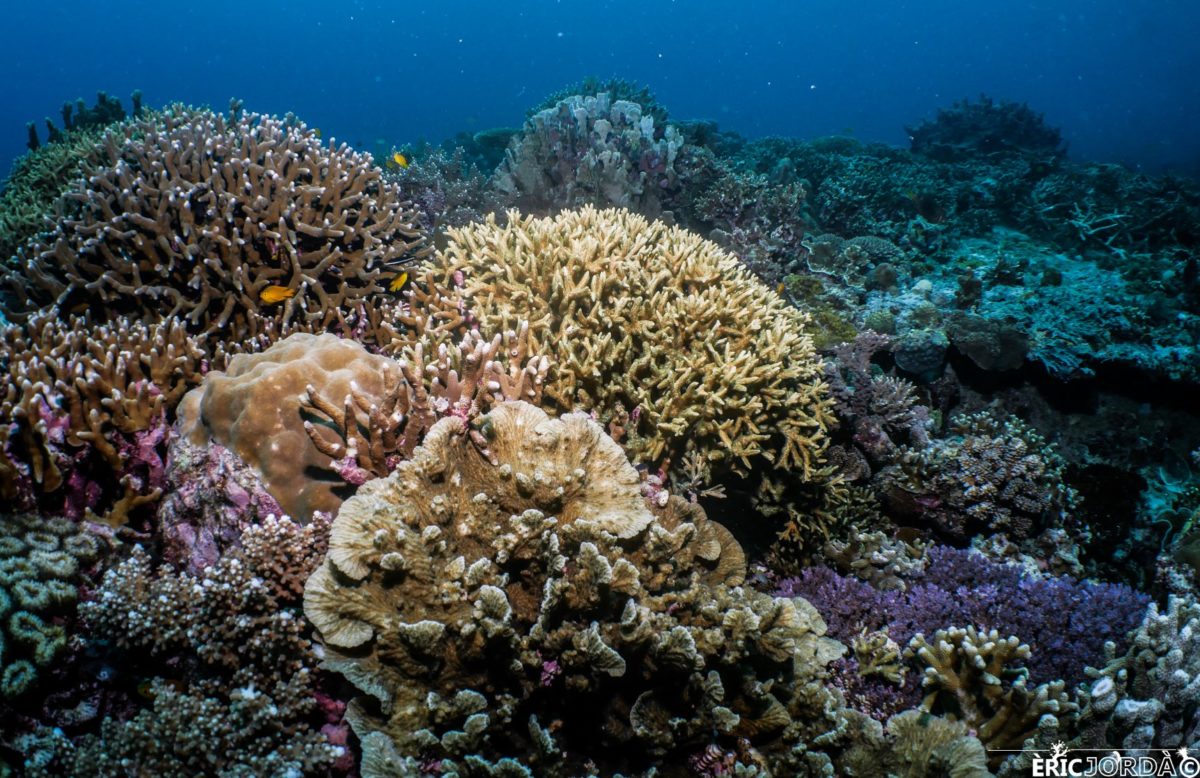
This was a typical scene that one could see in the Philippines during the decades of the 80s and 90s, when dynamite fishing was a common practice among fisherman to extract fish from coral reefs. Although this destructive technique has been declining during recent years in the country with stricter laws and measures to prevent illegal fishing, the countries fisheries bureau still estimates that thousands of incidents like this occur every day. The lack of effective policing and also the skepticism among fisherman that fish are actually declining and that they are a resource that eventually might disappear completely, makes this way of fishing still a threat for the reefs. With 10,500 square miles of coral reef, the Philippines is a global center for marine biodiversity, and coupled with the problems arisen by ocean warming and water acidification, dynamite fishing is an urgent issue to tackle in the archipelago.
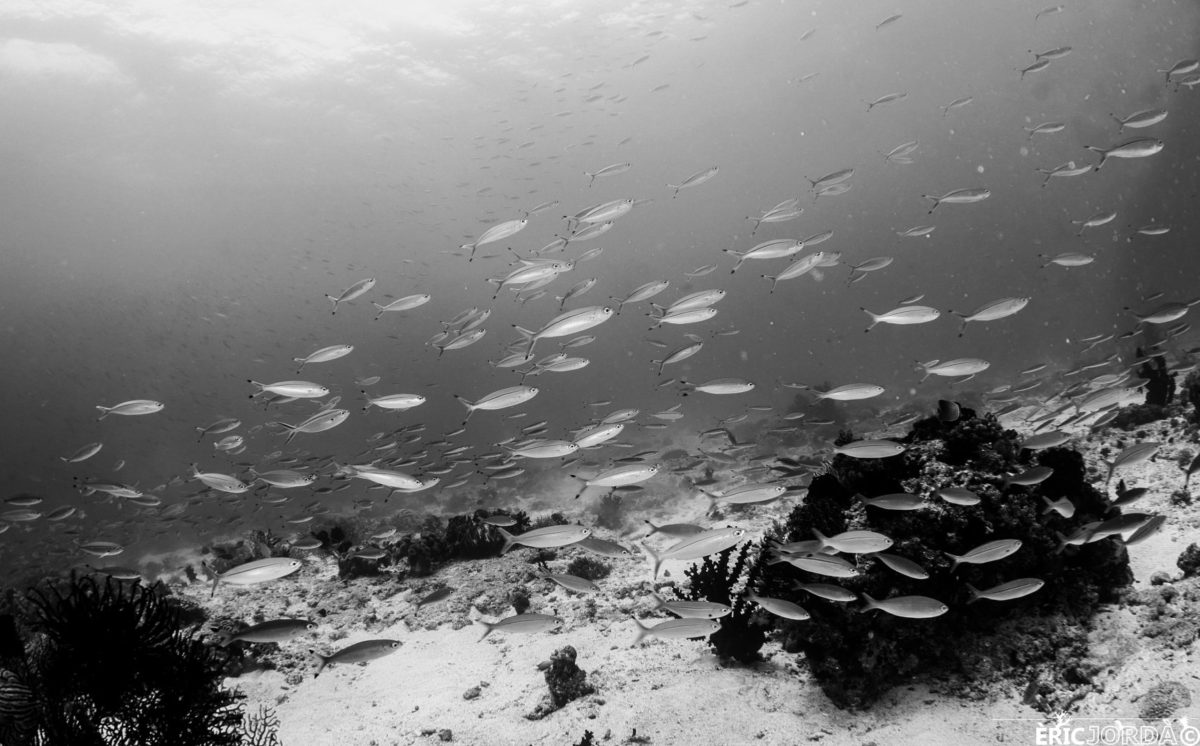
After my trip to Indonesia, I was invited to travel to the beautiful island of Bohol, in the Philippines, to visit and take part on a project at Amun Ini Beach Resort & Spa that is trying to recover its house reef.
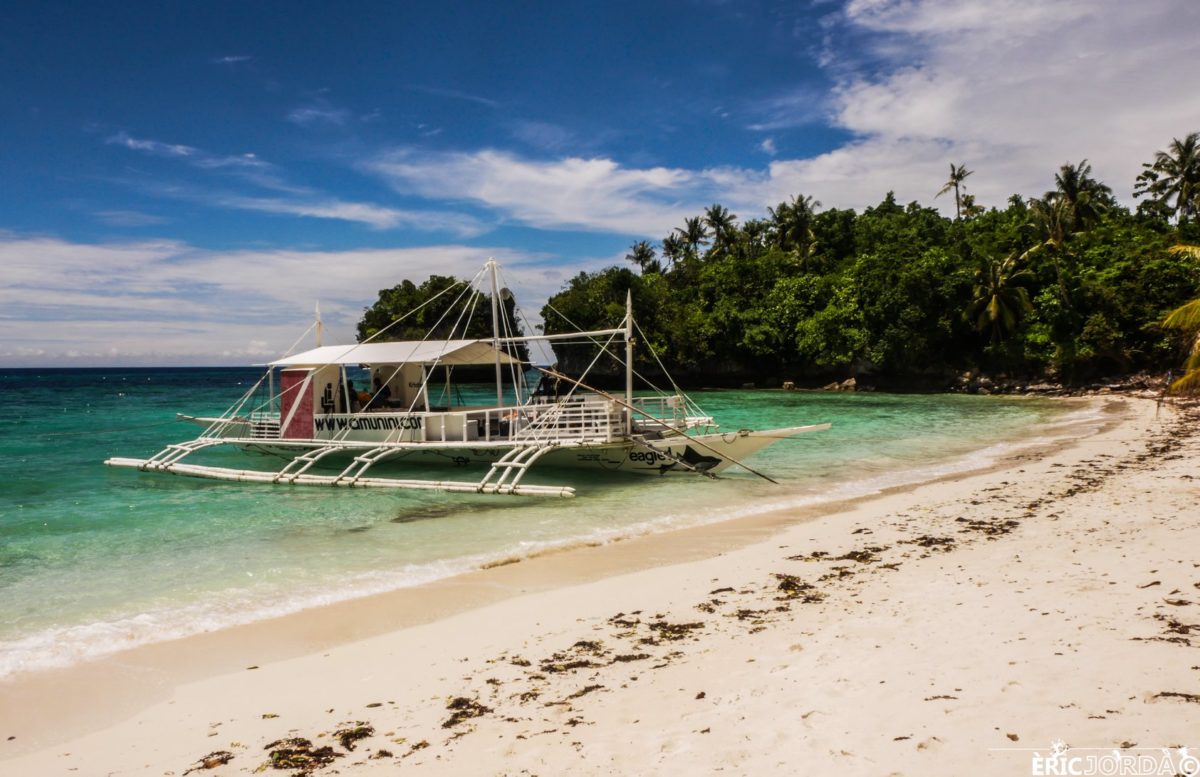
Imagine that instead of having a small garden at home with nice plants and colourful flowers you would have an underwater garden by the sea. A marine garden. Yes, sounds crazy but true. Instead of grabbing your rubber boots and working globes to water them and cut the bad branches you would need to get your scuba kit on and hit the waves! That is exactly the kind of garden that they have in Amun Ini Resort located in Anda.
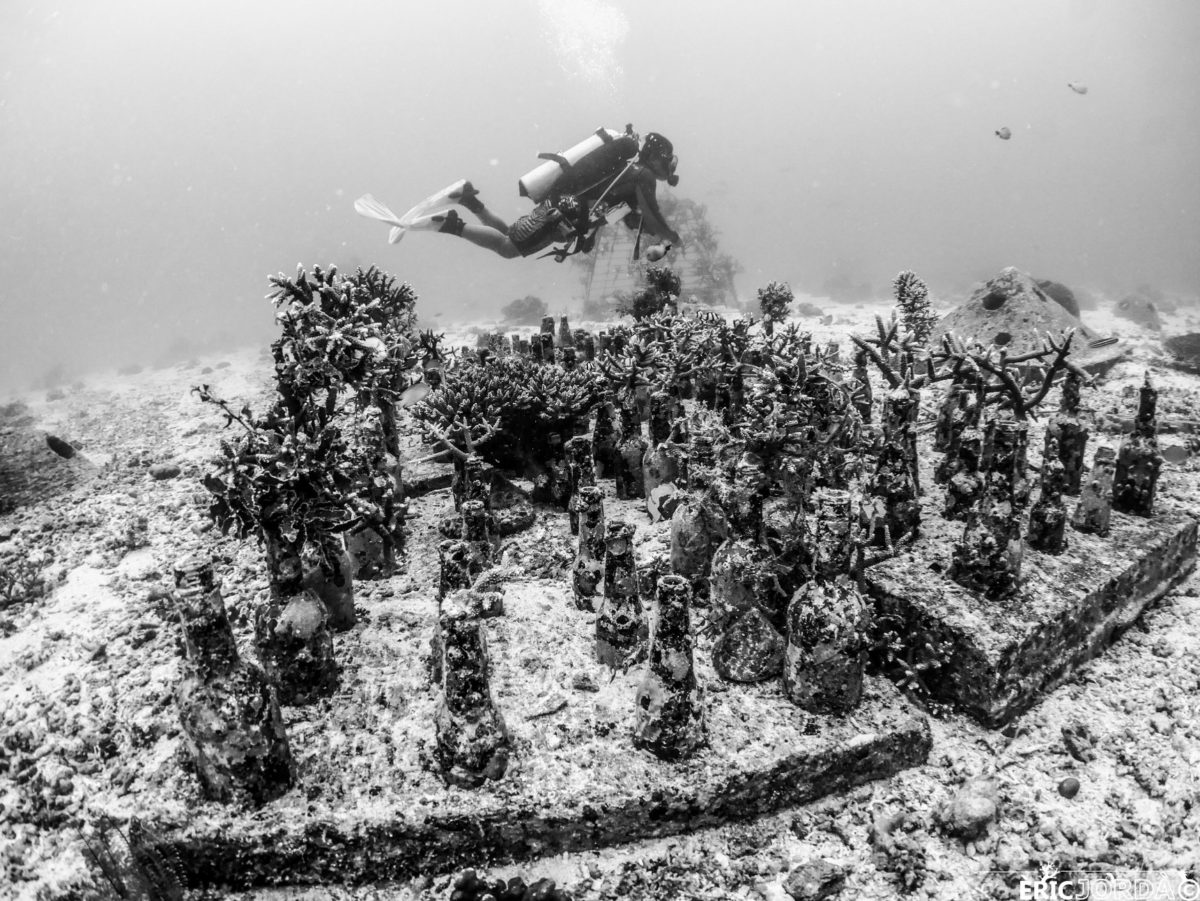
This small eco-friendly and charming diving resort started some years ago a coral gardening project, and I went to visit them so that they would explain to me what this is all about.
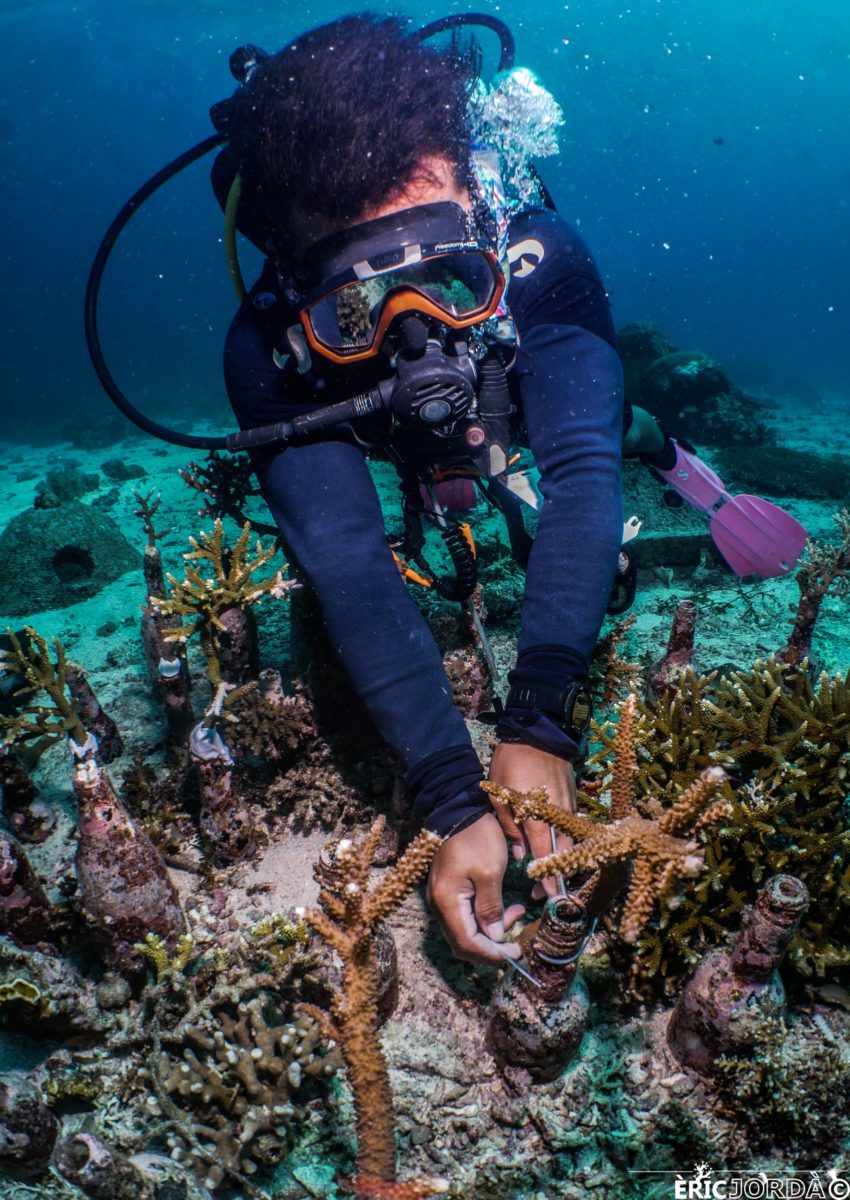
Coral gardening consists on growing small fragments of coral which have been detached from the original reef so that, when grown into a bigger size, they can be replanted into the receiving reef. The small pieces of coral are usually grown into nurseries, which can have many different shapes and forms, but all having the common goal of improving the surrounding conditions (current, light, nutrients) so that the animals grow as fast as possible, a strategy that we also find in traditional agriculture on land. The ultimate goal of it, though, is to restore and recover the health status of coral reefs which are currently being impacted by many environmental issues, from warming of ocean waters, acidification or over-fishing among others.
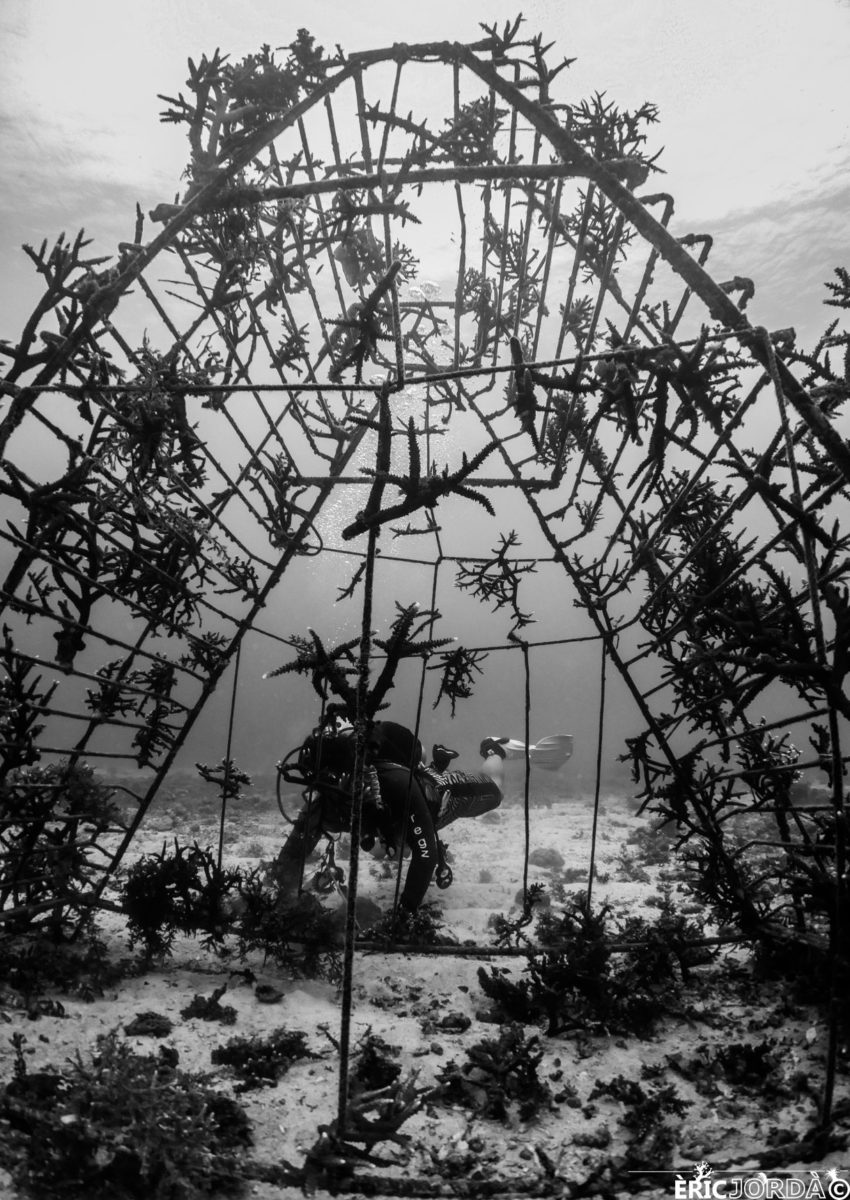
Today, the house reef of Amun Ini is an incredible place to dive. The entering beach to the water, with its white sand and shallow turquoise waters seems just like the perfect scenario for a movie. But it has not always been like this. A few years back, uncontrolled dynamite fishing was carried out in this area. The corals got great damage by the explosives, but not only that. Most of the herbivorous fish disappeared, and with it, algae started to overgrow the remaining corals deteriorating conditions even more. Damaged corals are more susceptible to suffer even greater stress because they are more exposed to other impacts such as big storms or diseases.
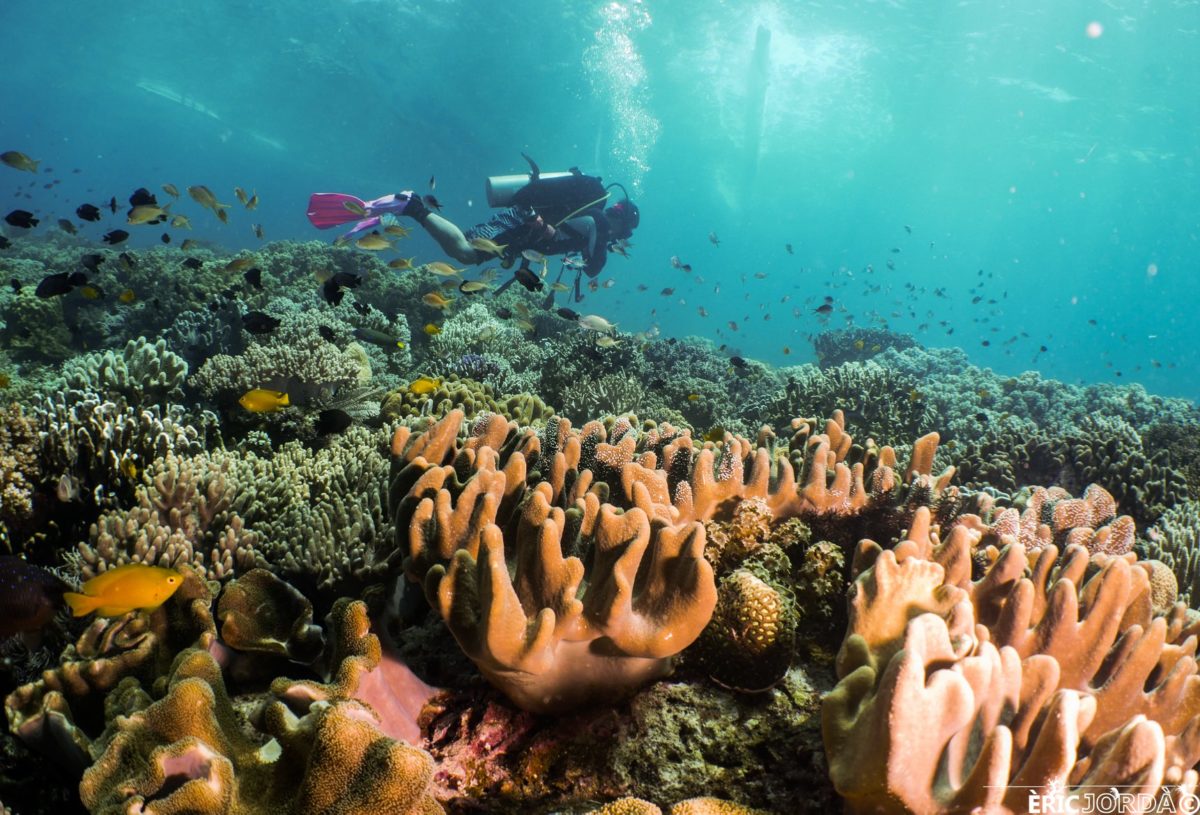
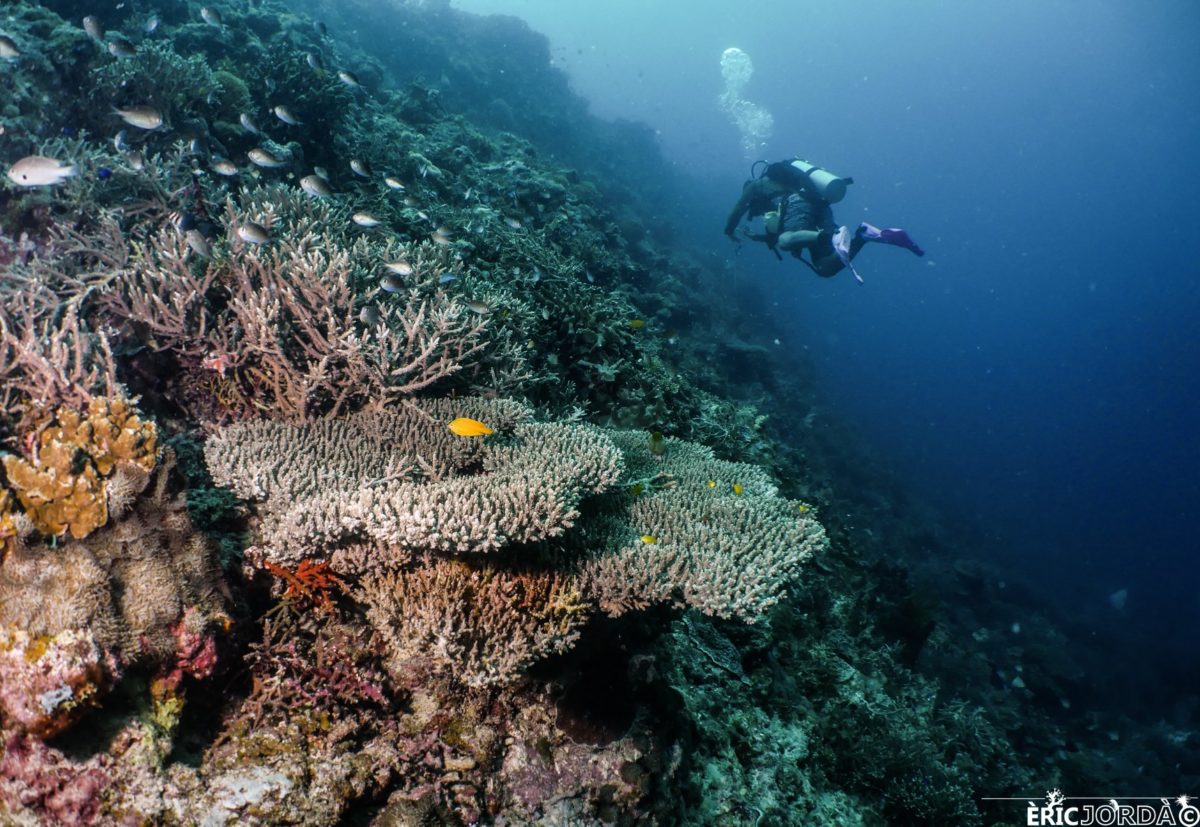
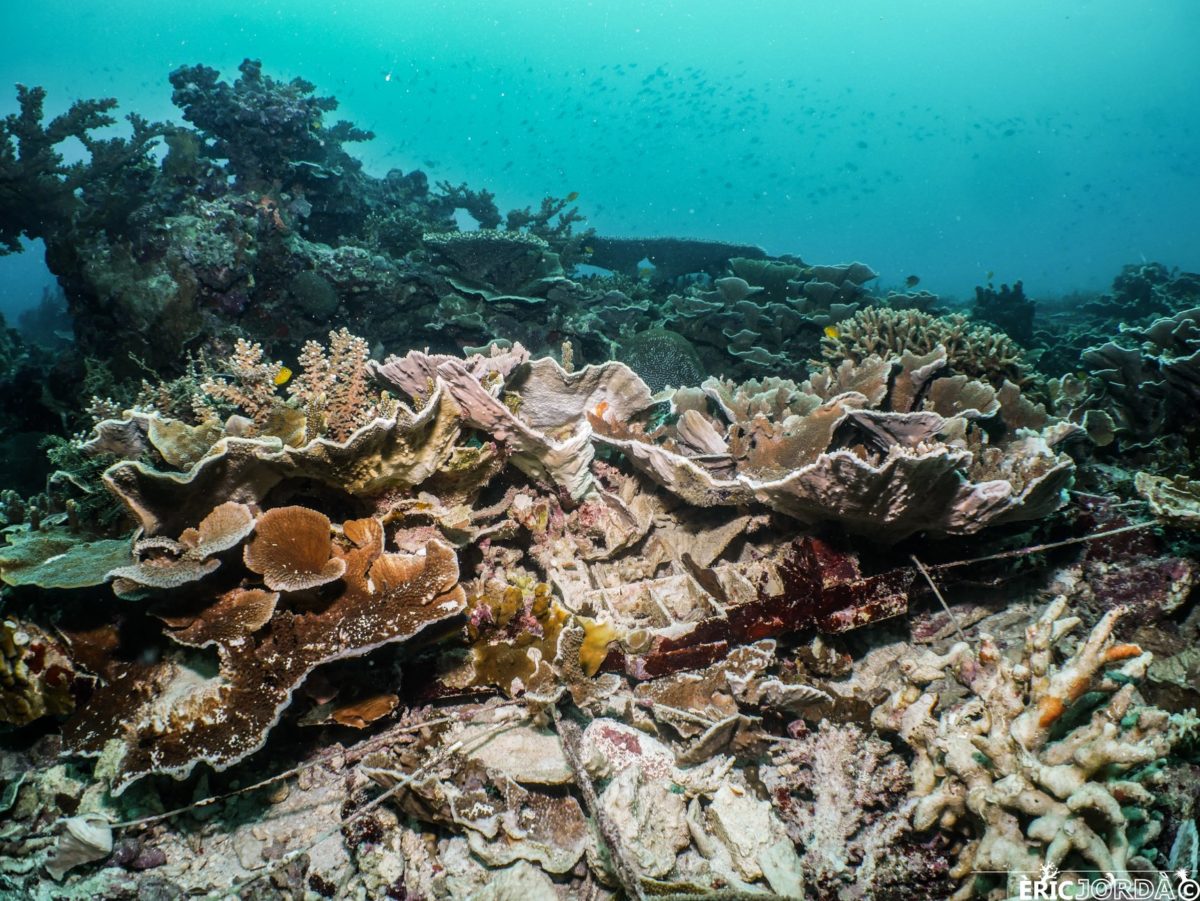
However, since the start of the gardening project around 5 years ago together with the implementation of a marine protected area around the house reef, the divers and marine biologists of Amun Ini are giving back the reef its thriving biological diversity. Increasing the coverage of corals in places where they have disappeared, the reef increases its habitat connectivity and creates new substrate for fish and other marine invertebrates. We should think about corals like buildings in a city which provide the actual structure for people to live in. And in this city, we need the doctors, we need the teachers, we need the policemen, we need all the different characters that have their role to make the whole system work properly. If we remove one of this characters, the whole system collapses.
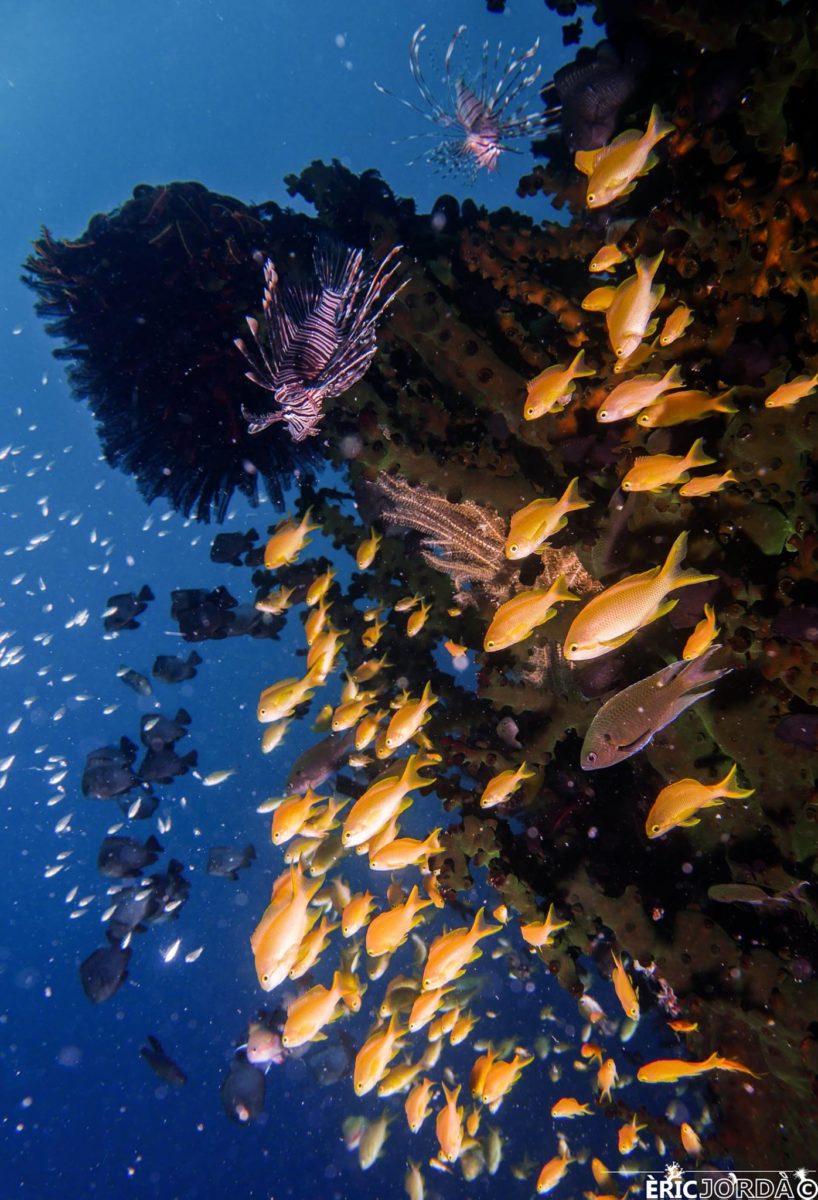
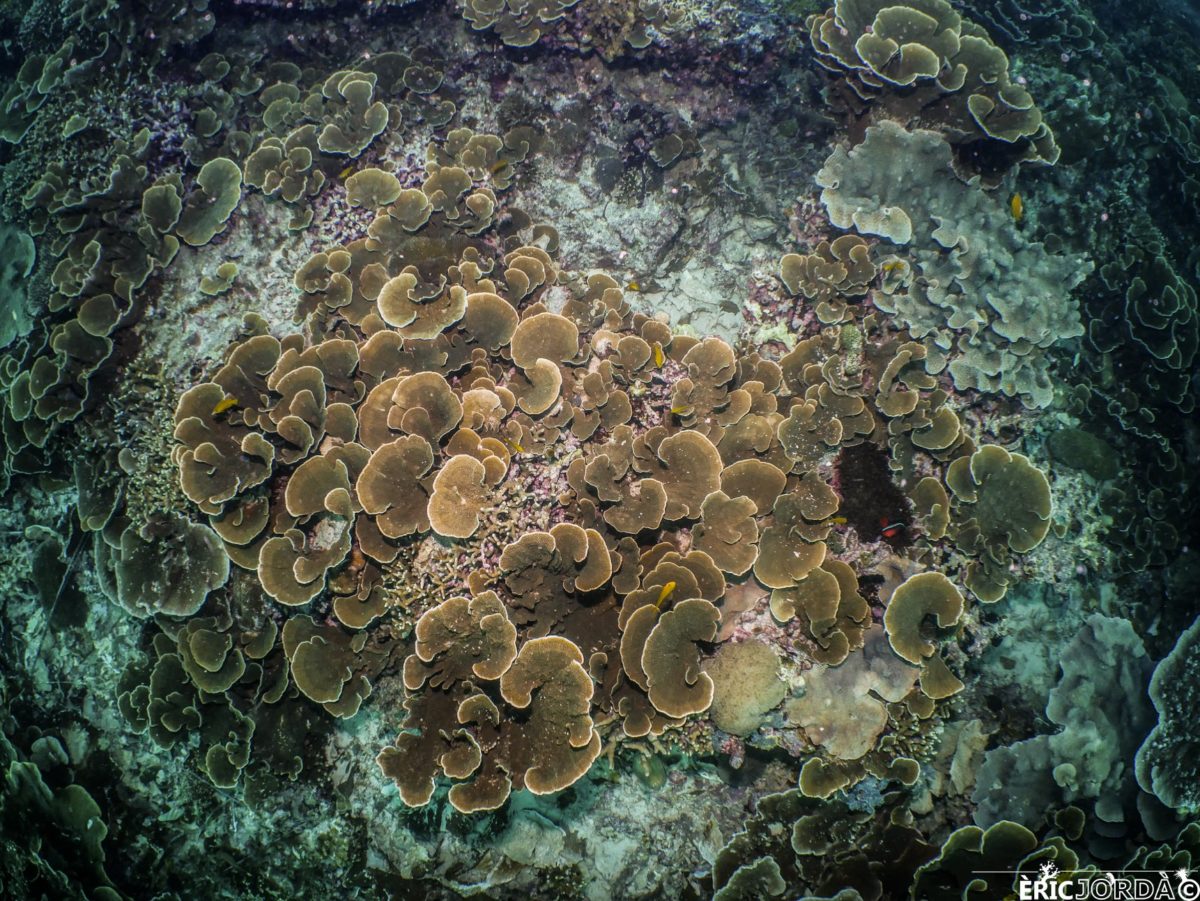
I had the pleasure to dive with Regie and Jason, two Divemasters and marine biologists who have been working at the diving resort and who constantly monitor the corals at the nurseries and dedicate a great time replanting them where it is needed. They both showed me the techniques that they use to fix the corals into their new locations and I helped them in some of the maintenance dives. It was so inspiring to see how these guys are so extremely dedicated and committed to recover and protect their reef! In fact, the MPA of Amun Ini has been one of the most successful throughout the country. So results show that they are doing a truly good job!
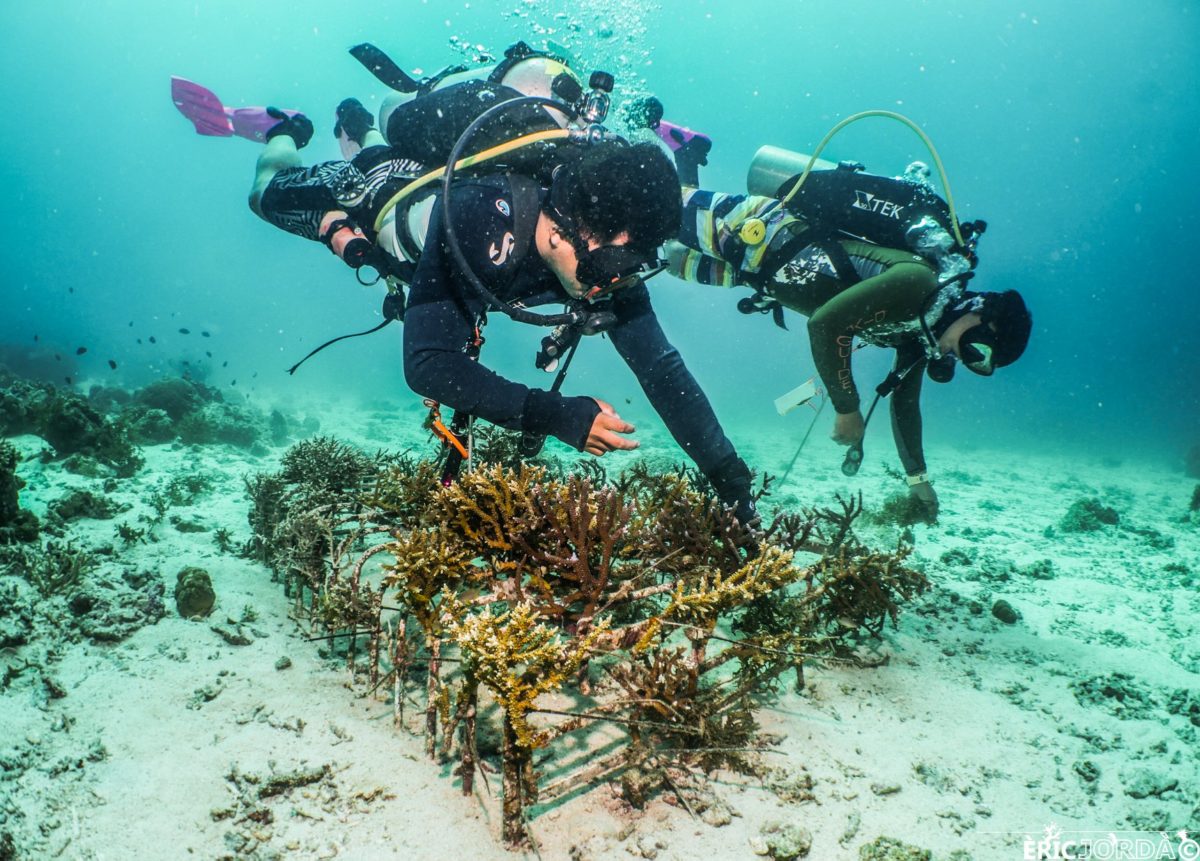
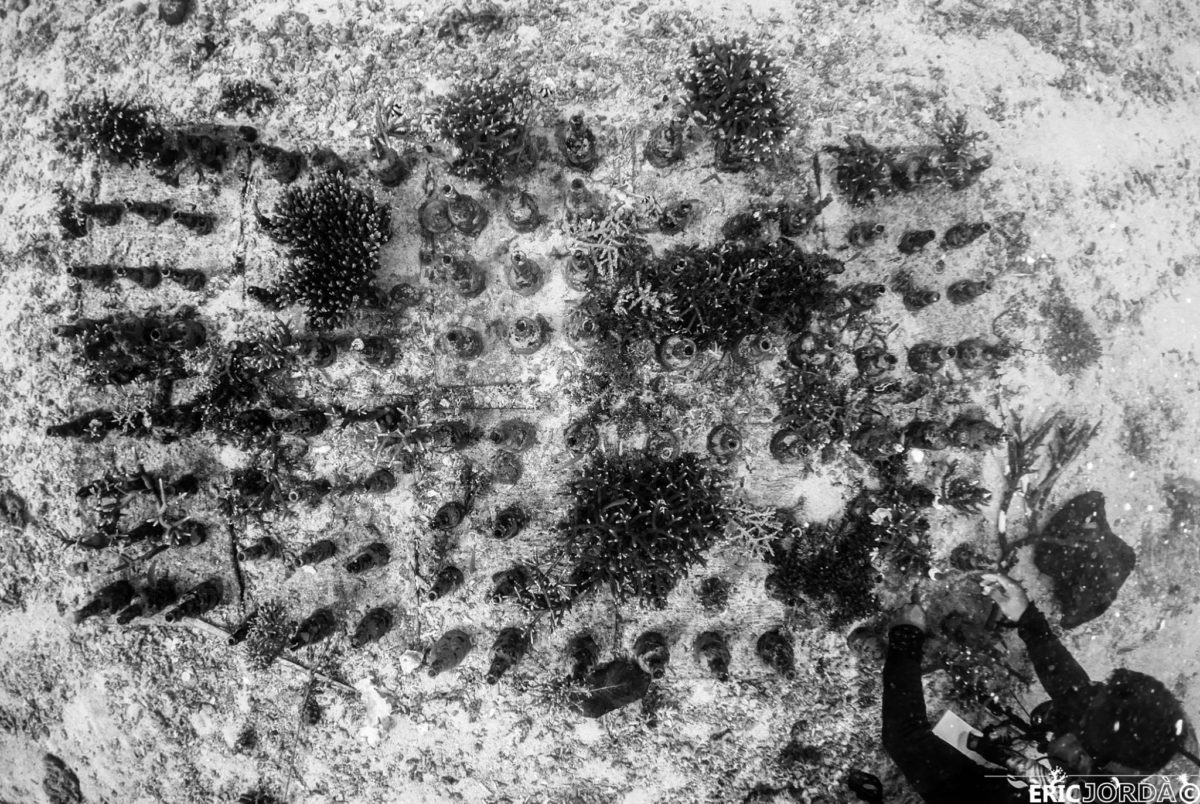
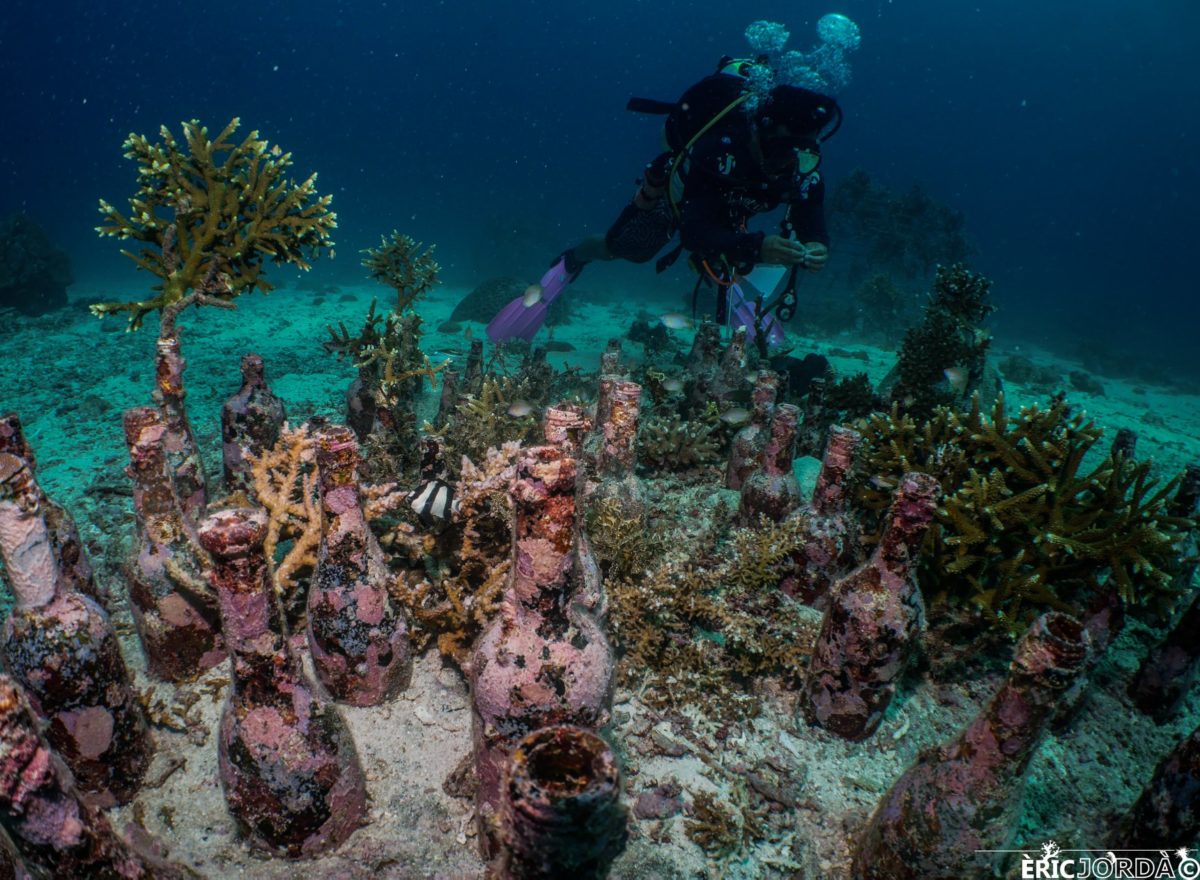
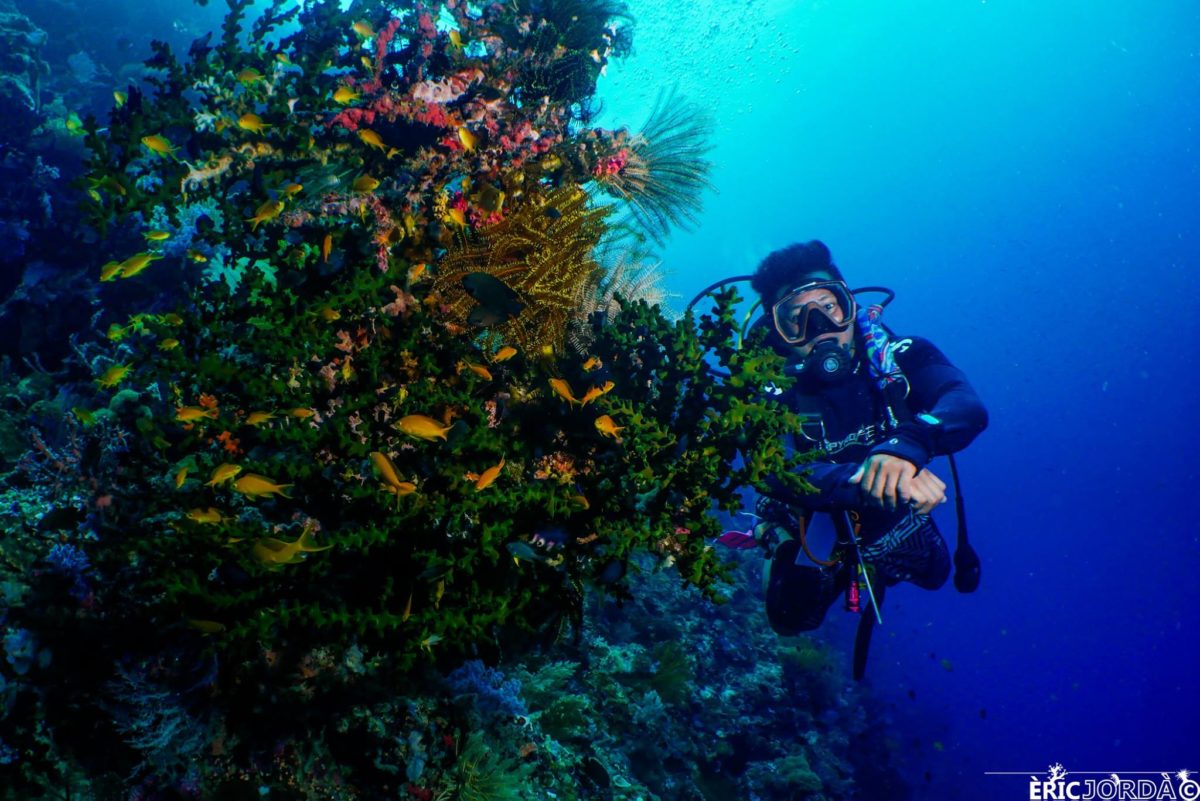
Jason and Regie also took me diving in other dive sites close-by, and after seeing the splendid reefs they showed me I quickly understood why we have to protect these environments full of extremely diverse life. By documenting many of the individuals living in between the corals, I had the feeling that I was telling the story of each of them. I felt like I was giving them voice when showing them to people in a picture. They seemed to say- “Please, take care of our cities! This is our home, and it can be yours as well if you like. You can visit us any time you want, but please, take care of us!”
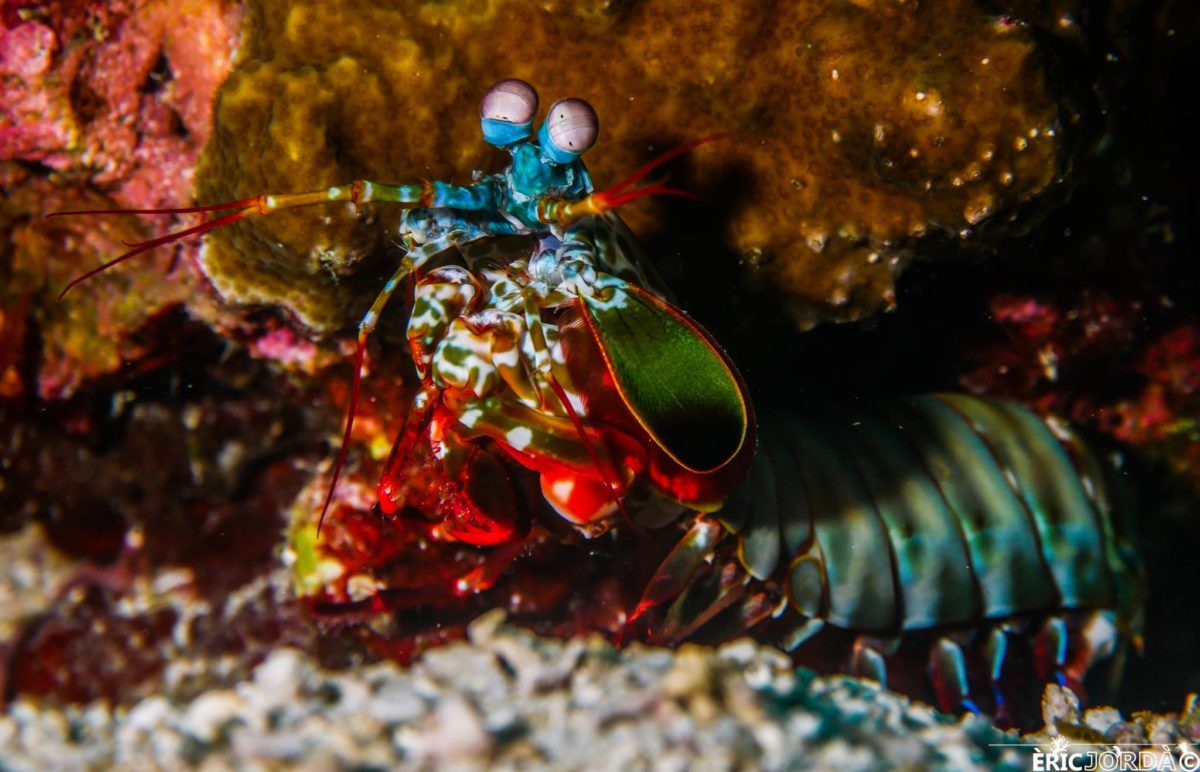
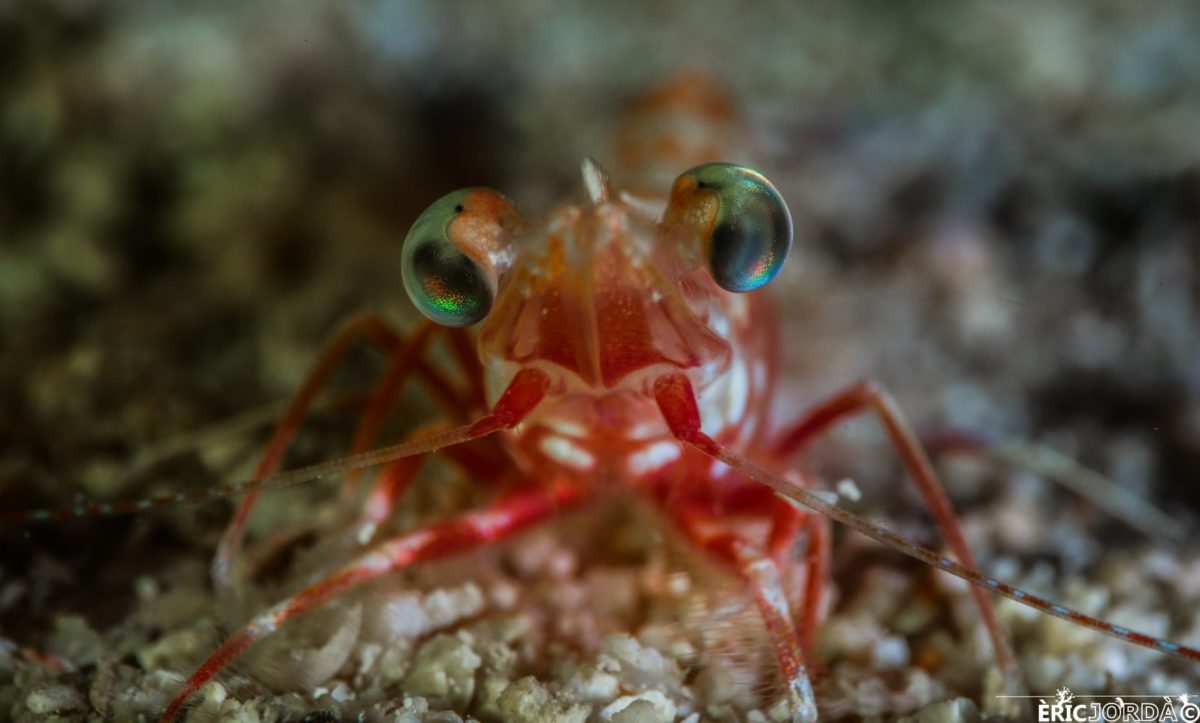
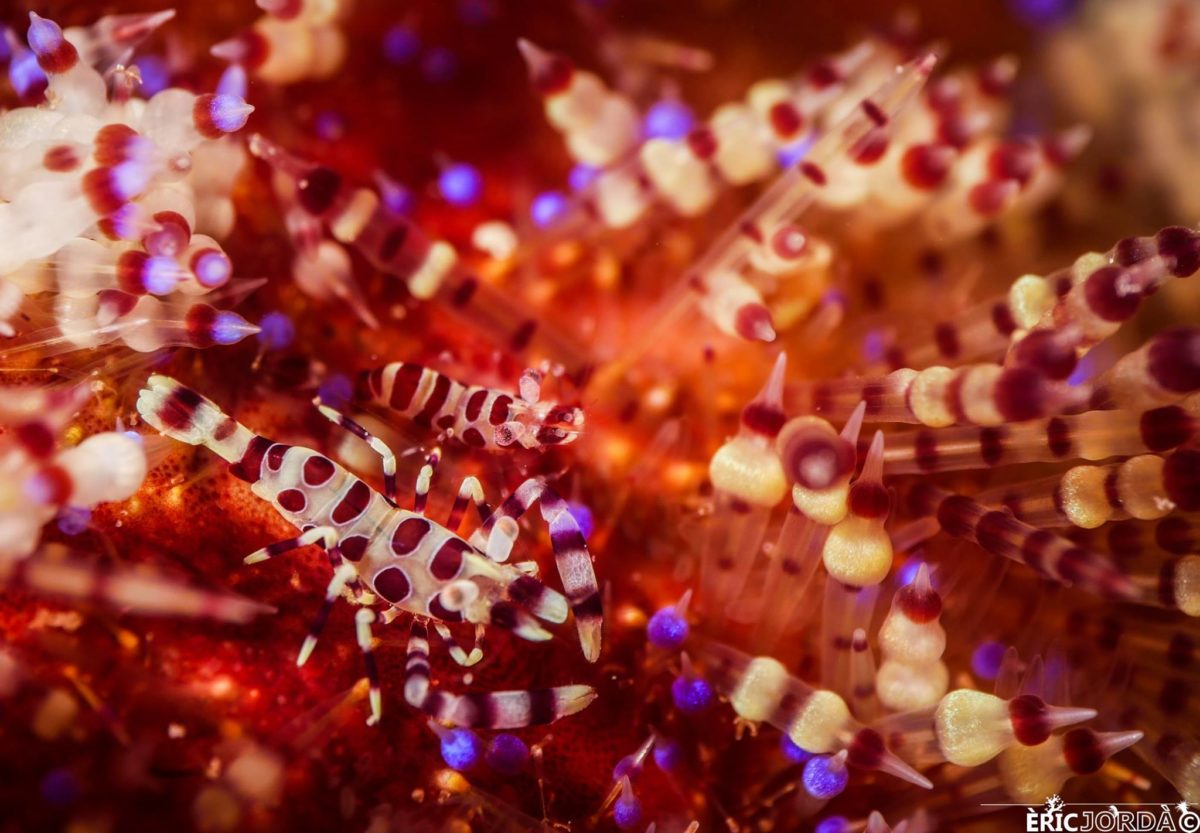
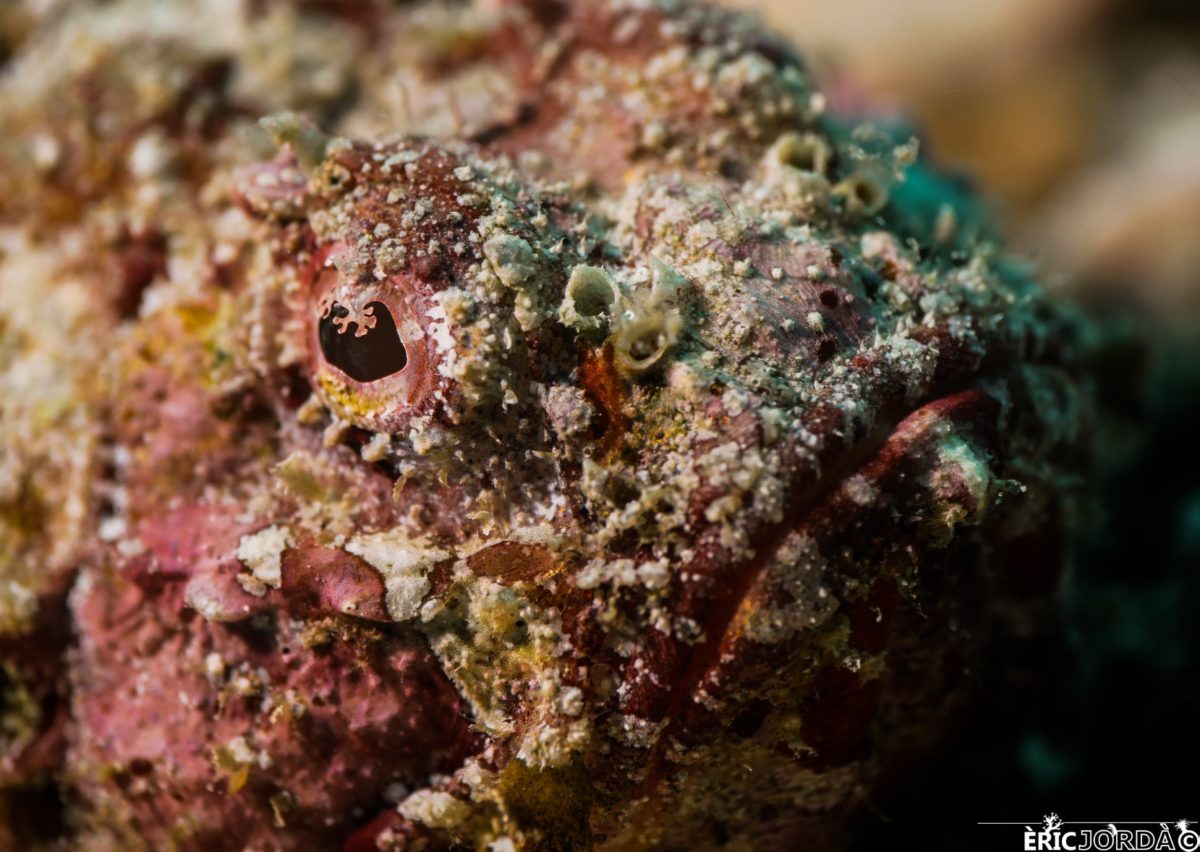

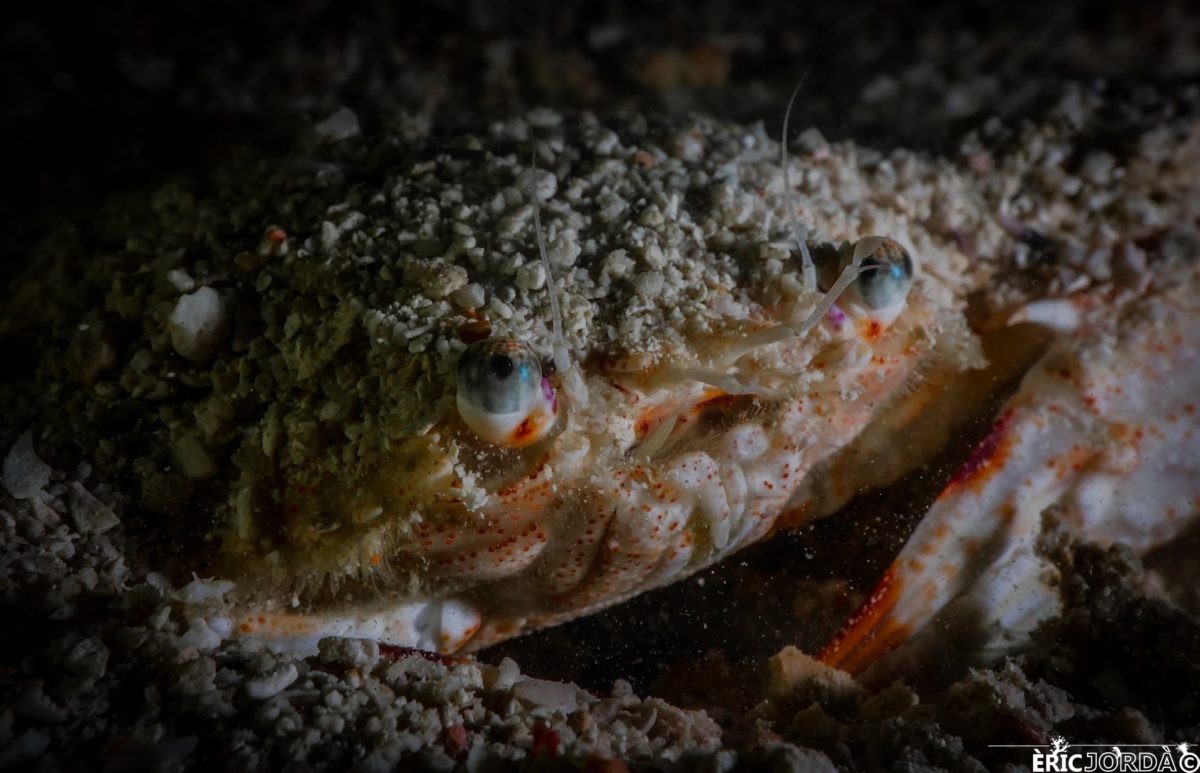
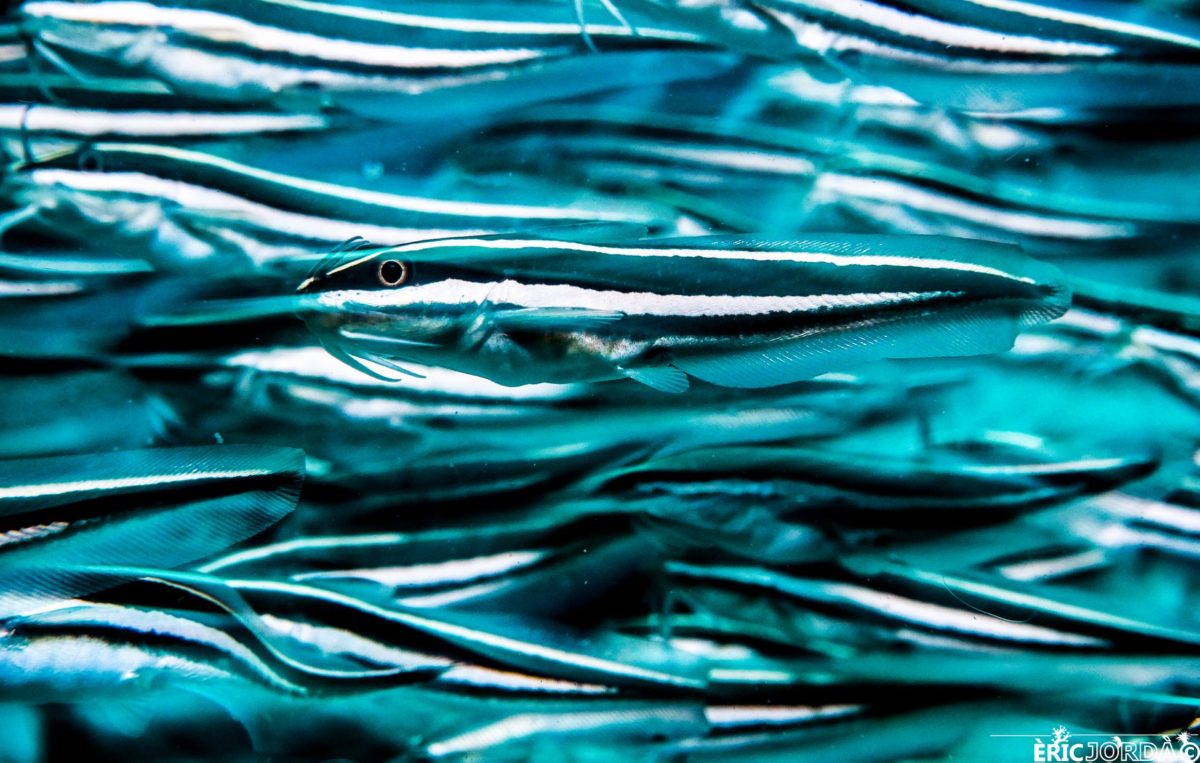
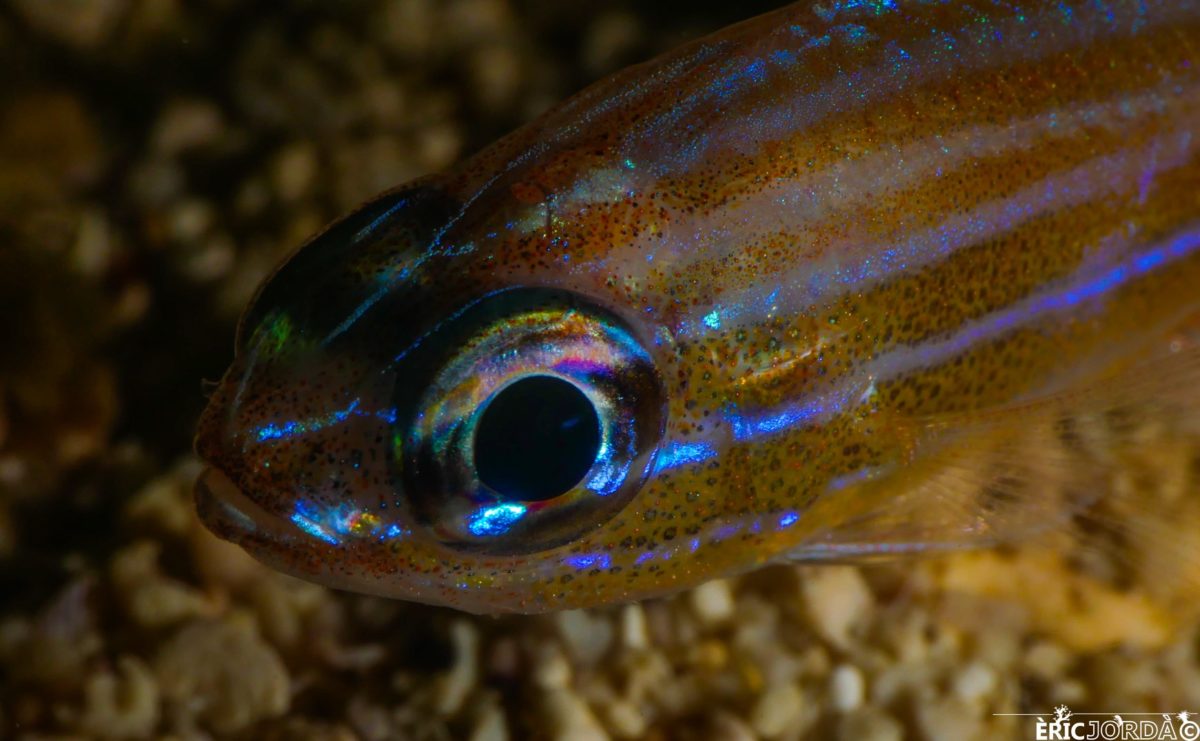
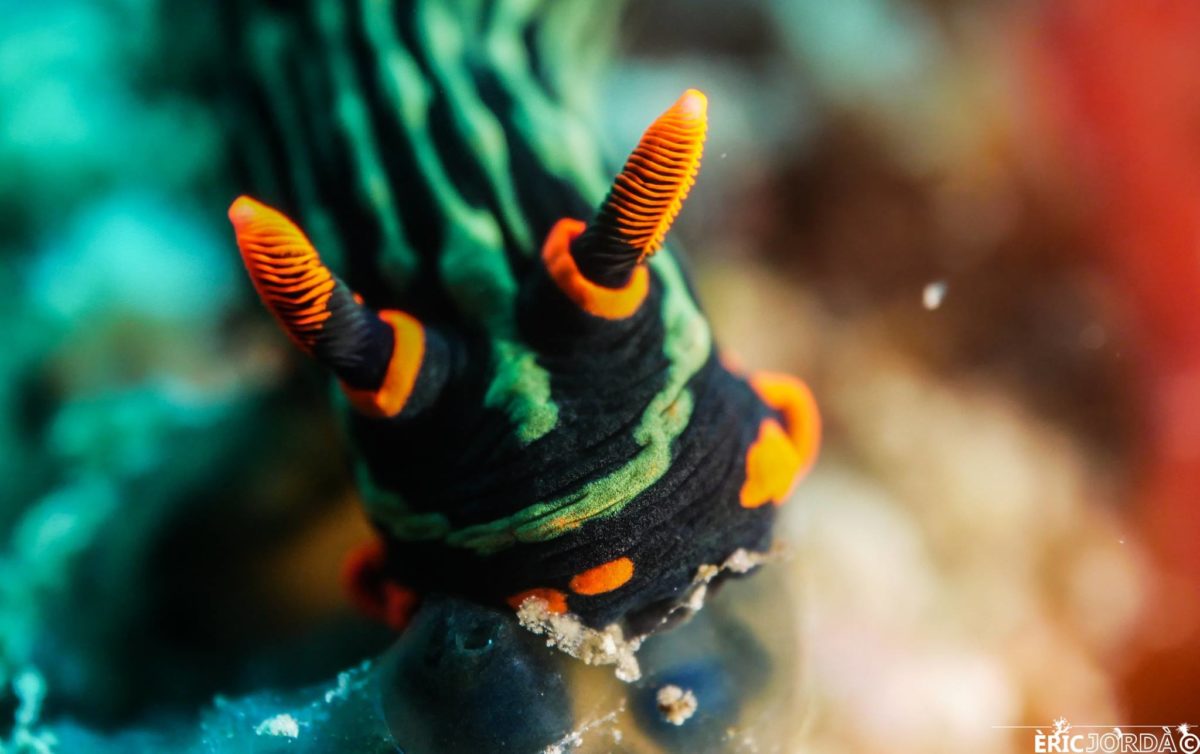
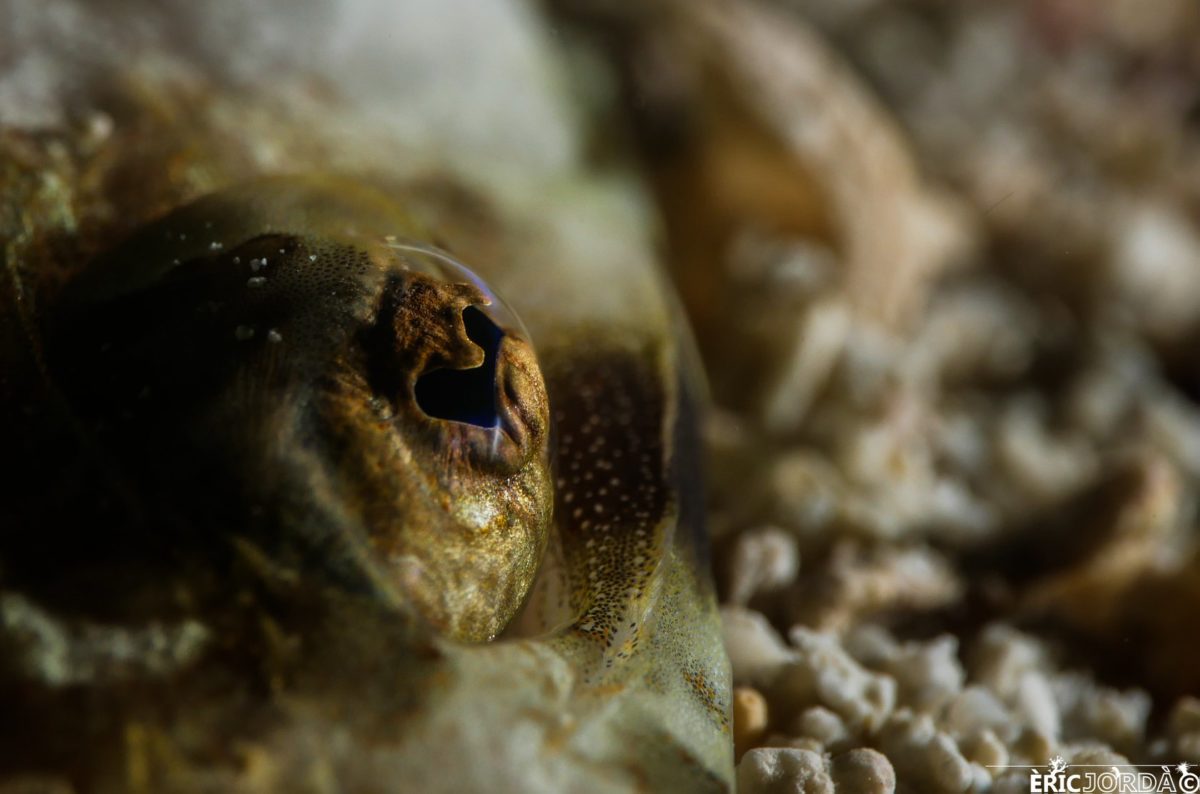
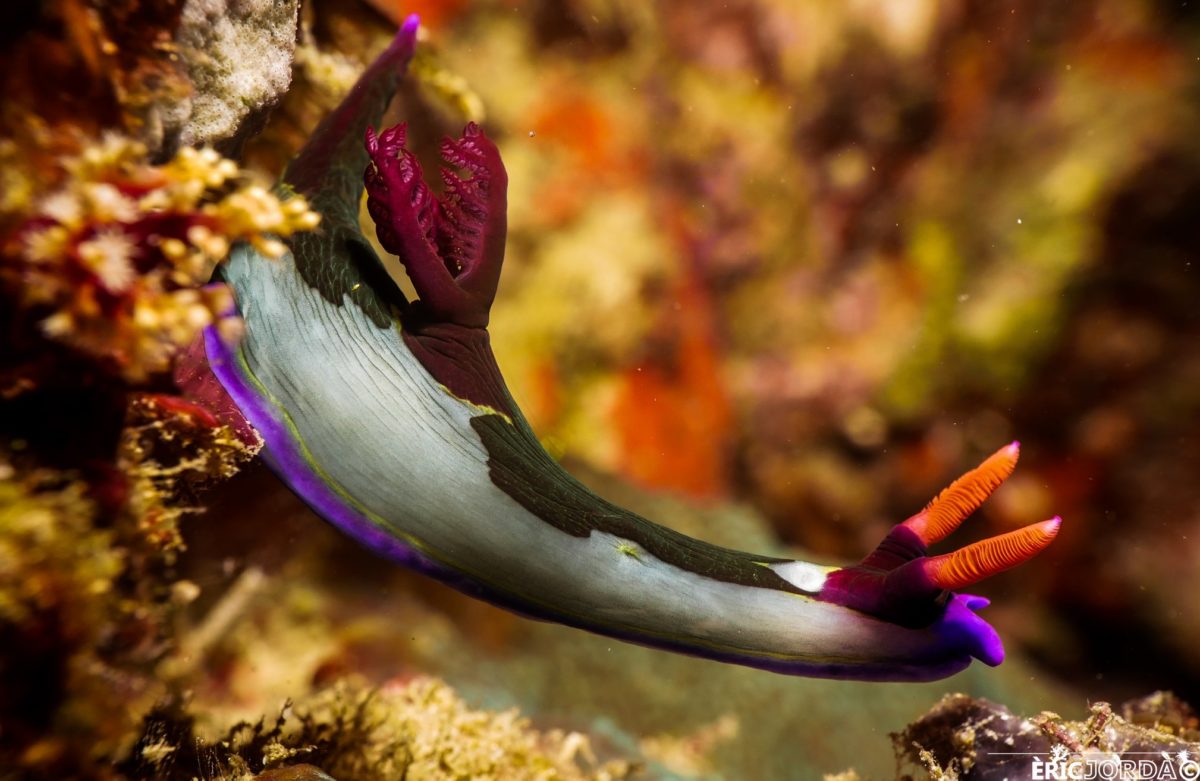
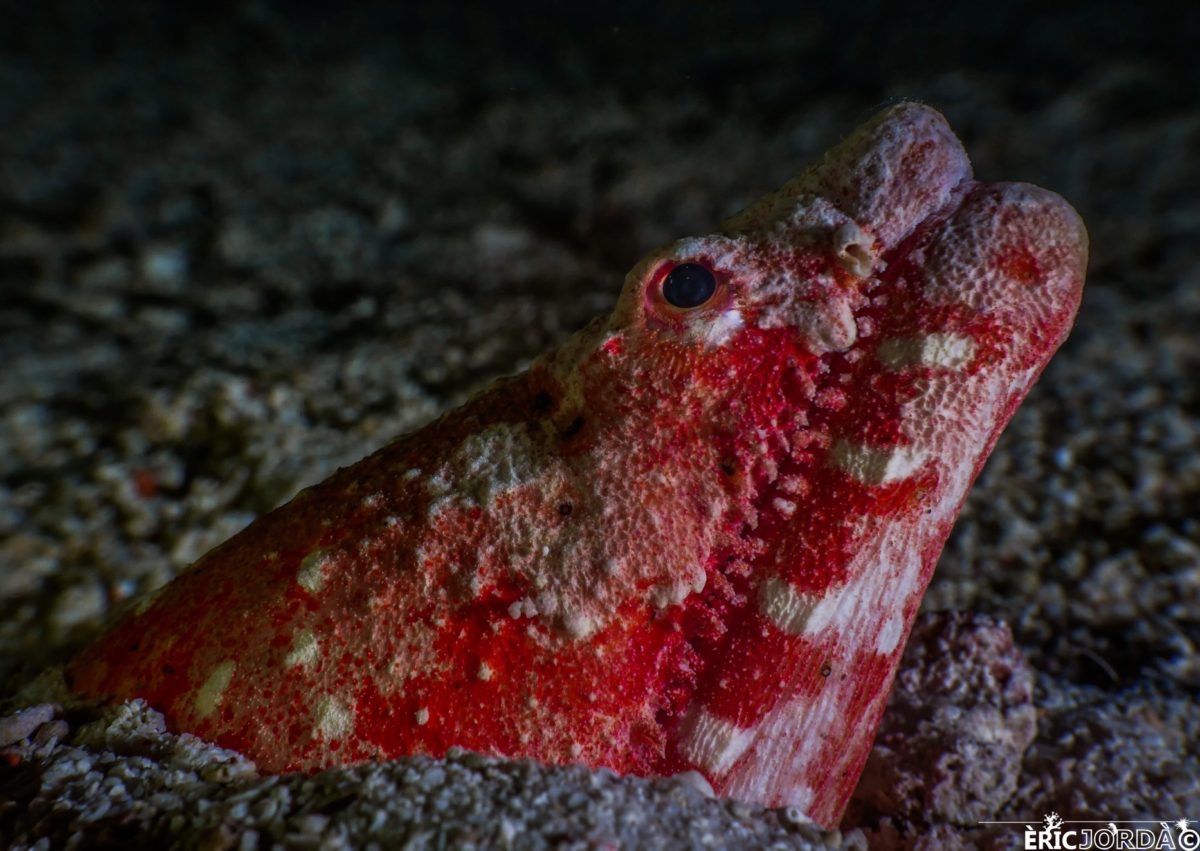
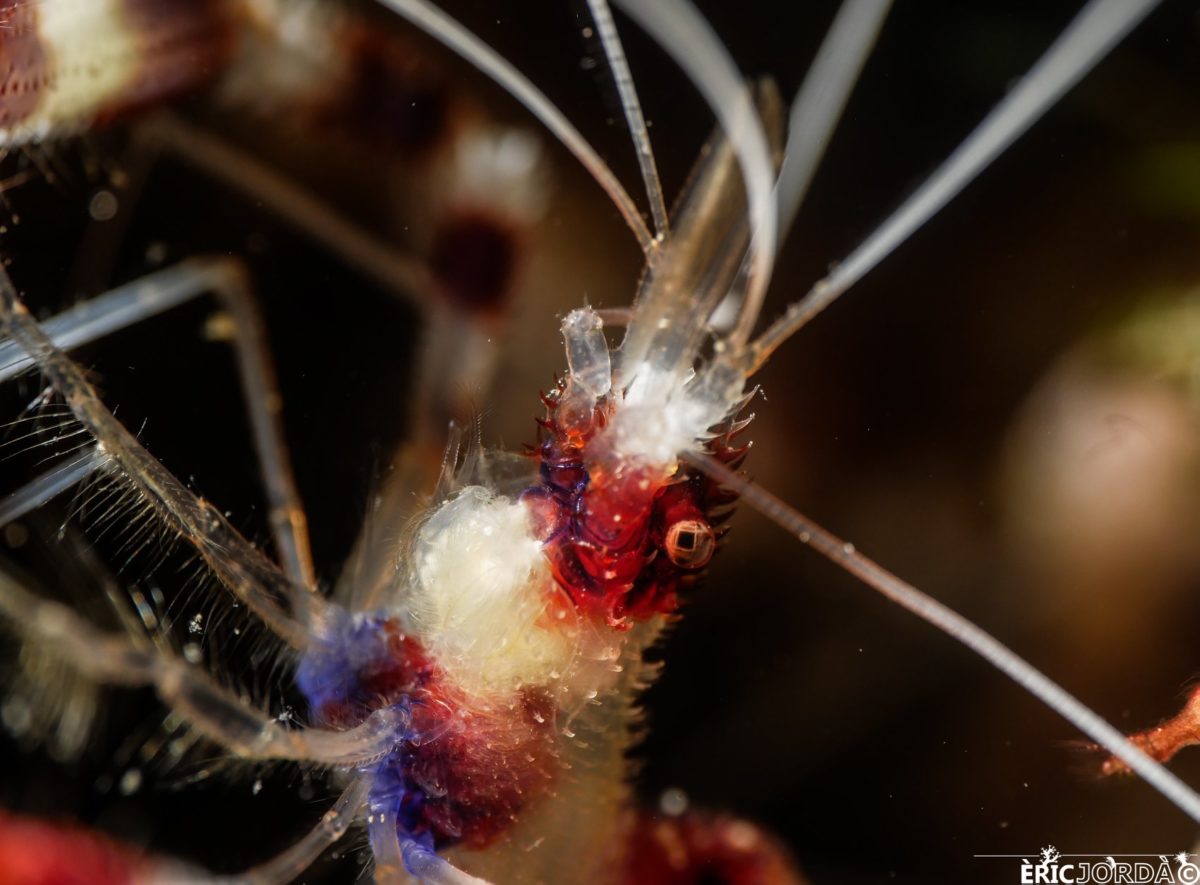
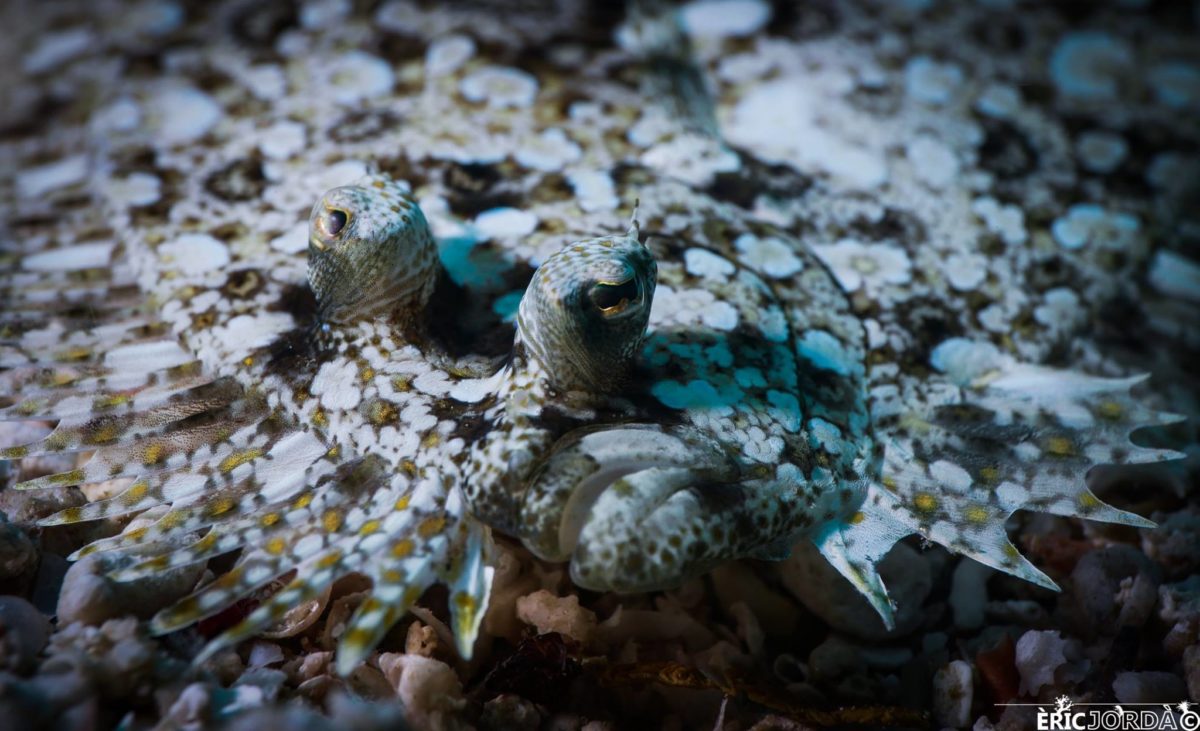
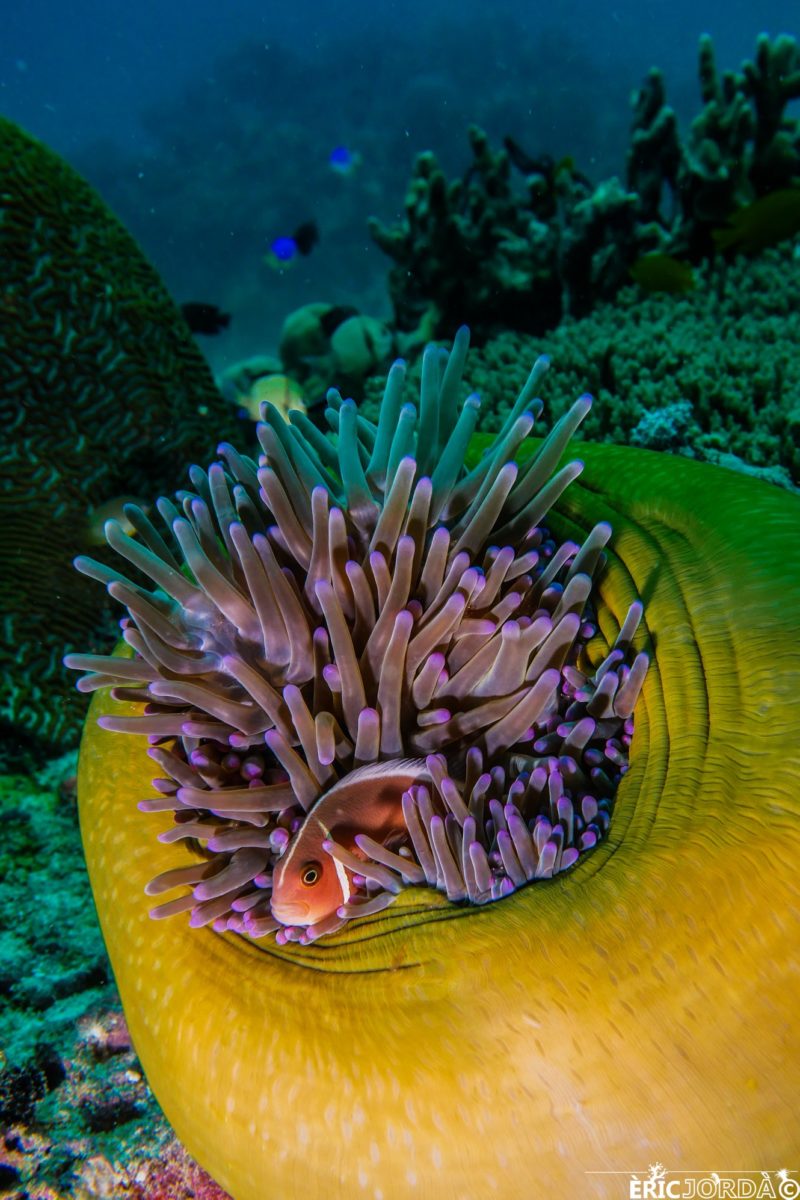
By protecting the coral reefs, not only are we having a positive impact on the marine ecosystems and the health of the planet, but we also preserve a unique system of biodiversity and beauty that, hopefully, the next generation of divers will also be able to enjoy. Because diving among corals is one in a lifetime experience!
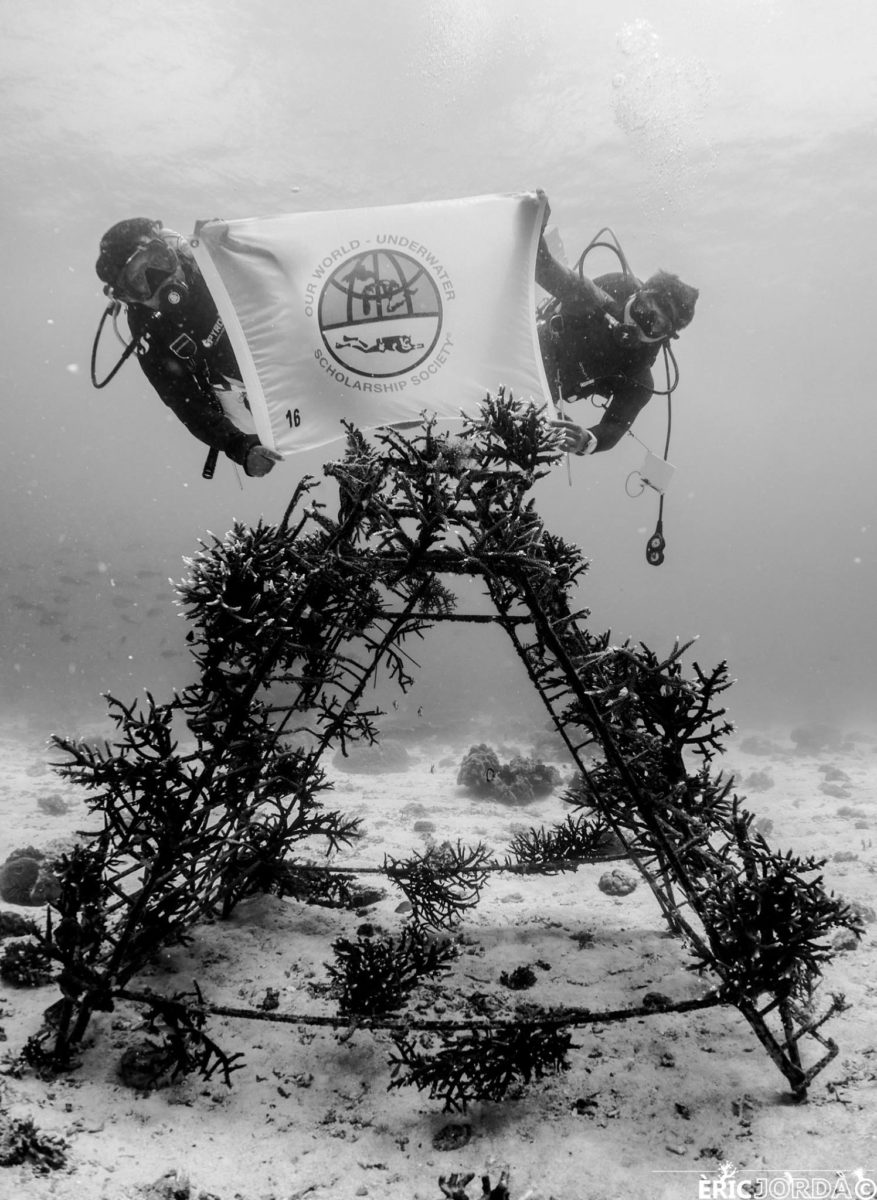
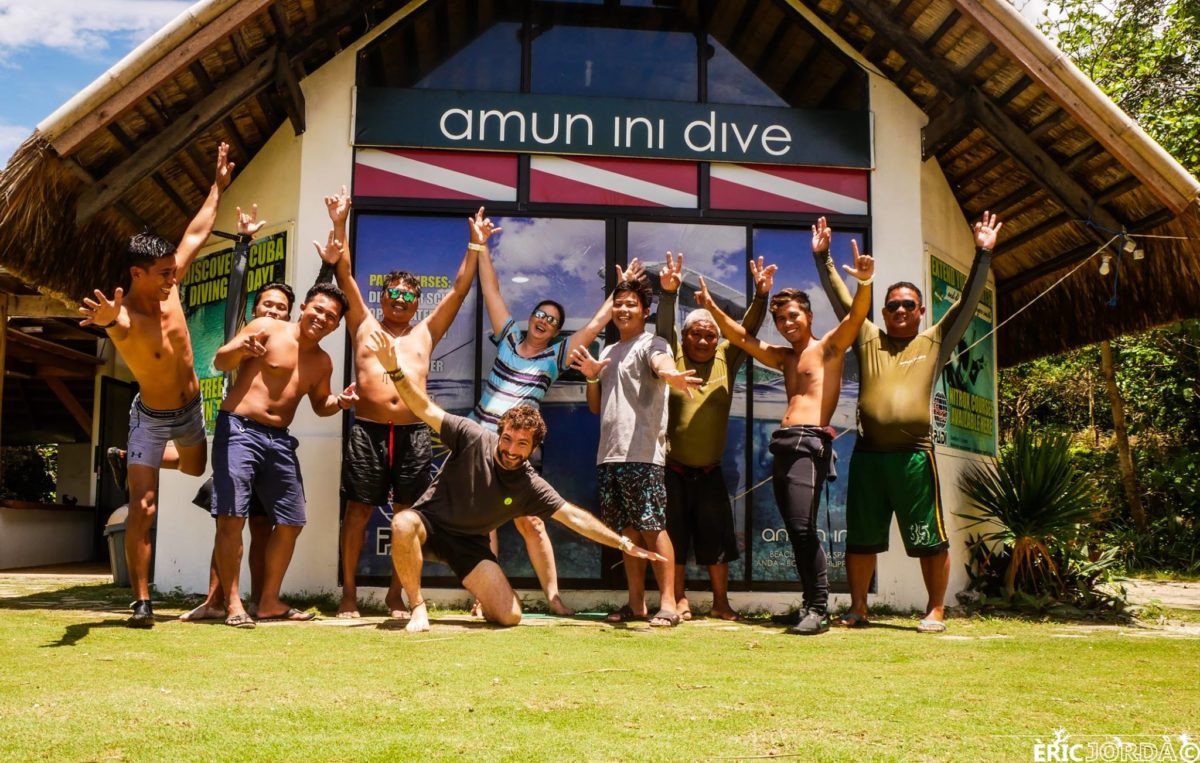
I want to thank all the staff from Amun Ini Beach Resort & Spa for their kind hospitality and to all the diving team for taking me and showing me this bit of paradise. It was very inspiring to see people trying to make a change to fix the mistakes we’ve done in the past.
A big thank you to all the sponsors that have made this experience possible: Fourth Element, APEKS, Suunto, DAN, Reef Photo and Video, Nauticam, Light and Motion, Paralenz, ROLEX, Our World-Underwater Scholarship Society and Amun Ini Beach Resort & Spa.
Salamat Regie and Jason!